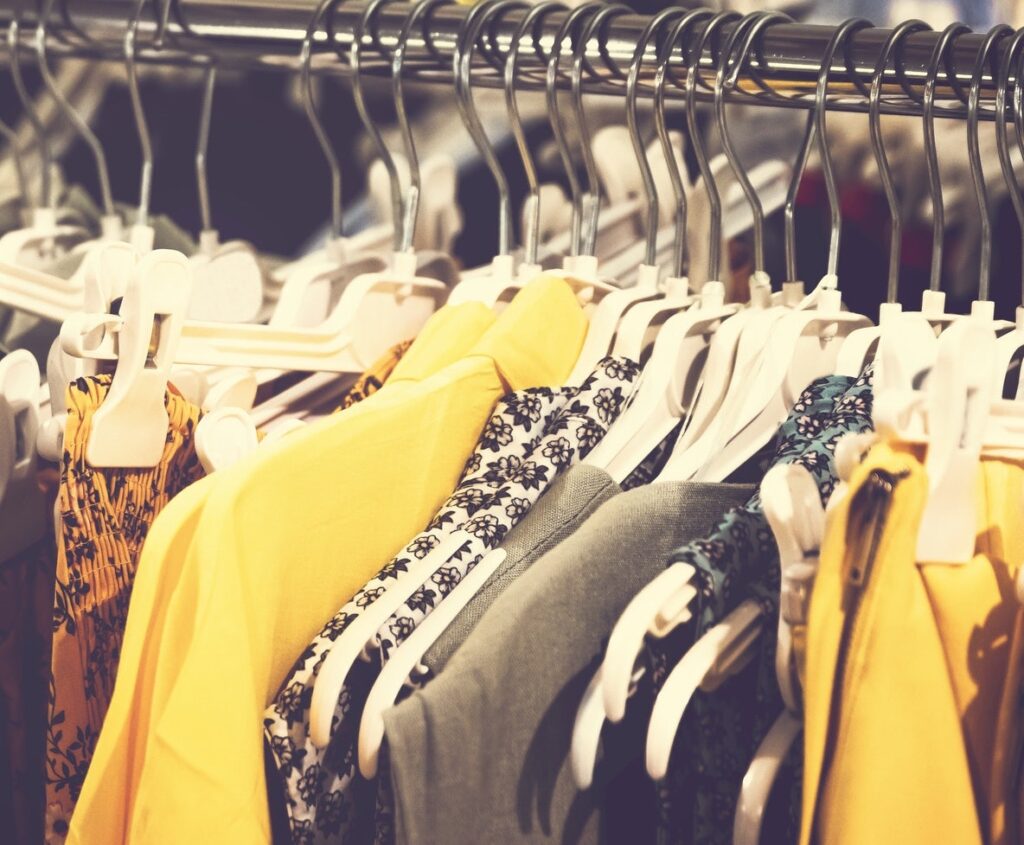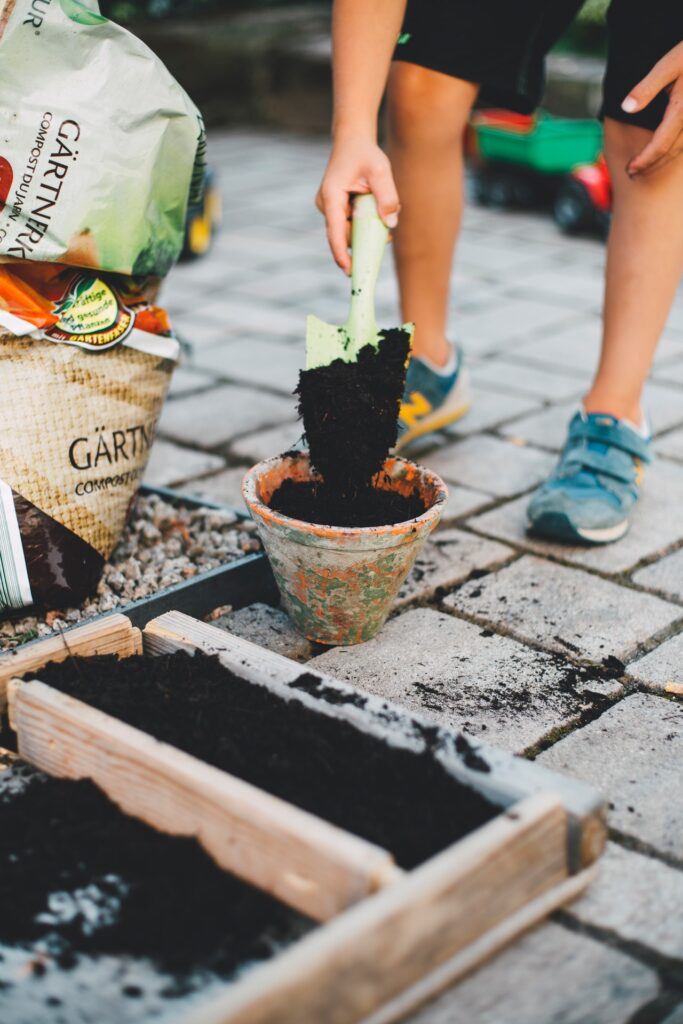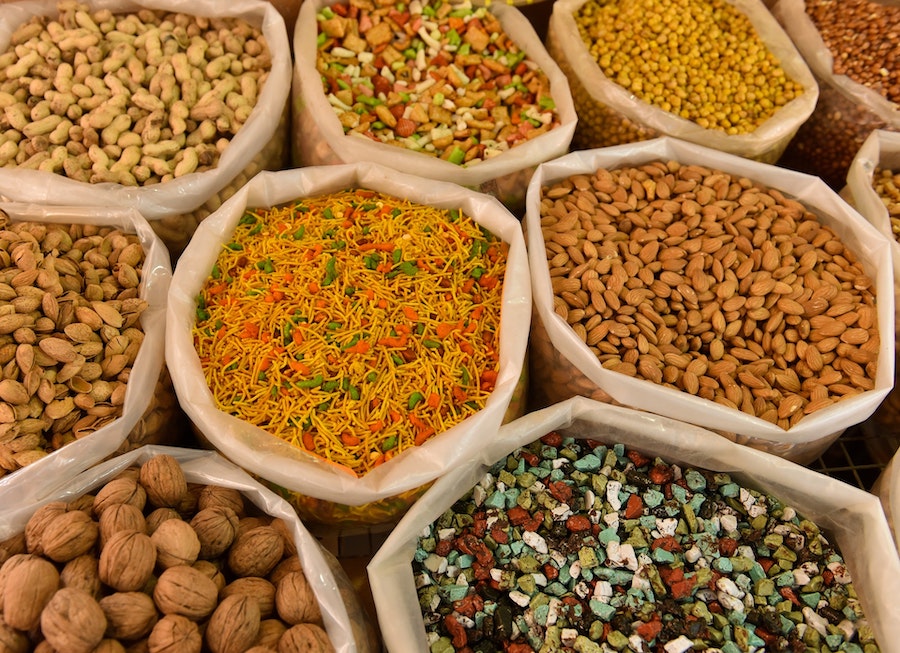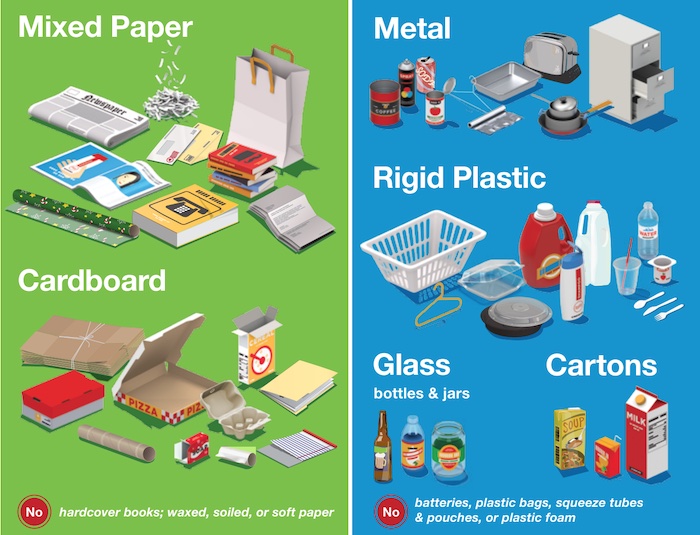What is composting?
Composting is one of the most important ways we can accomplish a Zero Waste agenda – but what is it? Composting is the process of turning organic matter like fruit and vegetable waste into a black, crumbly soil-like material called humus. It is often used as a fertilizer and soil conditioner for crops. It is a way of recycling, conserving resources, reducing pollution, and creating a sustainable way of life for you and your family.
The EPA estimated that in 2018 only 4.1% of all the municipal solid waste was composted, even though nearly 51% of the trash going to landfills is compostable materials. Composting has many benefits, one of the biggest being reducing the amount of methane emissions in landfills as the organic waste is put to a better use. Composting also:
- Reduces/eliminates the need for chemical fertilizers
- Promotes higher yields on crops
- Aids reforestation
- Remediates contaminated soil
- Is less expensive than conventional pollution remediation
- Enhances water retention (2.5x more water)
- Makes your trash less smelly!
Why Don’t More People Compost?
67% of non-composters would compost if it were easier to do in their community. Luckily, NYC is one of the most compost-friendly places in the nation. Another huge reason some people are initially reluctant is the fear of the smell. This is easily taken care of. We recommend keeping a compost bag in the freezer and/or dropping off the compost every week. This will keep your home smelling fresh and waste-free!
Composting in New York City
Department of Sanitation Pick-Up: In some Community Boards, the Department of Sanitation will pick up compostable waste. Consult this map to see if you live in one of these Community Boards.. In those neighborhoods, the DOS distributes brown bins to buildings, which have tightly fitting lids that make it impossible for rodents and other animals to get into them. Because the DOS sends all brown bin contents to industrial composting facilities, it will accept vegetable, grain, fruit, and yard waste but also meat and dairy leftovers and food-stained paper (like pizza boxes.) However, if you want the DOS to pick up compostable waste from your building, you must request that pickup here.
Dropping Off Compostable Waste: if you don’t live in a neighborhood where the DOS picks up brown bin waste, or you live in a building where the management or other tenants don’t want to compost, you can drop off your own compostable waste at many sites all over the city. The Lower East Side Ecology Center offers this map of compost drop off sites along with the days and times of operation, as does this one by Grow NYC of drop off sites at Farmers Markets. Because these sites send the waste to smaller composting operations, however, they will accept a much more restricted list of food scraps: vegetable, fruit, and grain scraps, but no fats, meat, or dairy.
Fall leaves and Christmas Trees: You might have reason to rake up big bags of leaves in the fall or have an evergreen to get rid of in early January. The Department of Sanitation will pick up brown bags of leaves and Christmas trees. Many NYC parks will also turn your Christmas tree into mulch.
Items that should not be composted:
- Black walnut tree leaves or twigs
– Releases substances that might be harmful to plants
- Coal or charcoal ash
– Might contain substances harmful to plants
- Diseased or insect-ridden plants
– Diseases or insects might survive and be transferred back to other plants
- Pet wastes (e.g., dog or cat feces, soiled cat litter)*
– Might contain parasites, bacteria, germs, pathogens, and viruses harmful to humans - Yard trimmings treated with chemical pesticides
– Might kill beneficial composting organisms
Neighborhood services related to composting
- BK Green Cart (serving North Central Brooklyn)
- BK ROT (serving Bushwick & surrounding neighborhoods)
- BK Green Cart (serving North Central Brooklyn)
- Reclaimed Organics (serving Manhattan,Canal St.to 49th St.)
- Roho Compost (serving businesses in midtown Manhattan, Williamsburg industrial zone, Industry City in Sunset Park & Long Island City)
- Sure We Can (serving Bushwick & East Williamsburg)
- Vokashi (serving residences in Brooklyn, Queens & Manhattan; serving businesses in Brooklyn, Manhattan & Long Island City)











